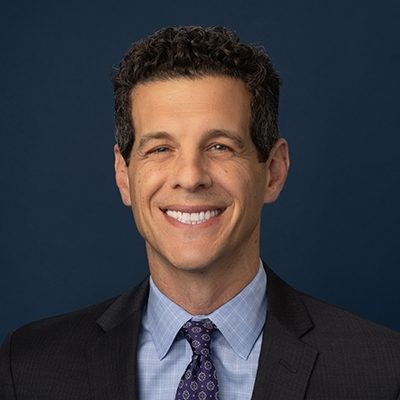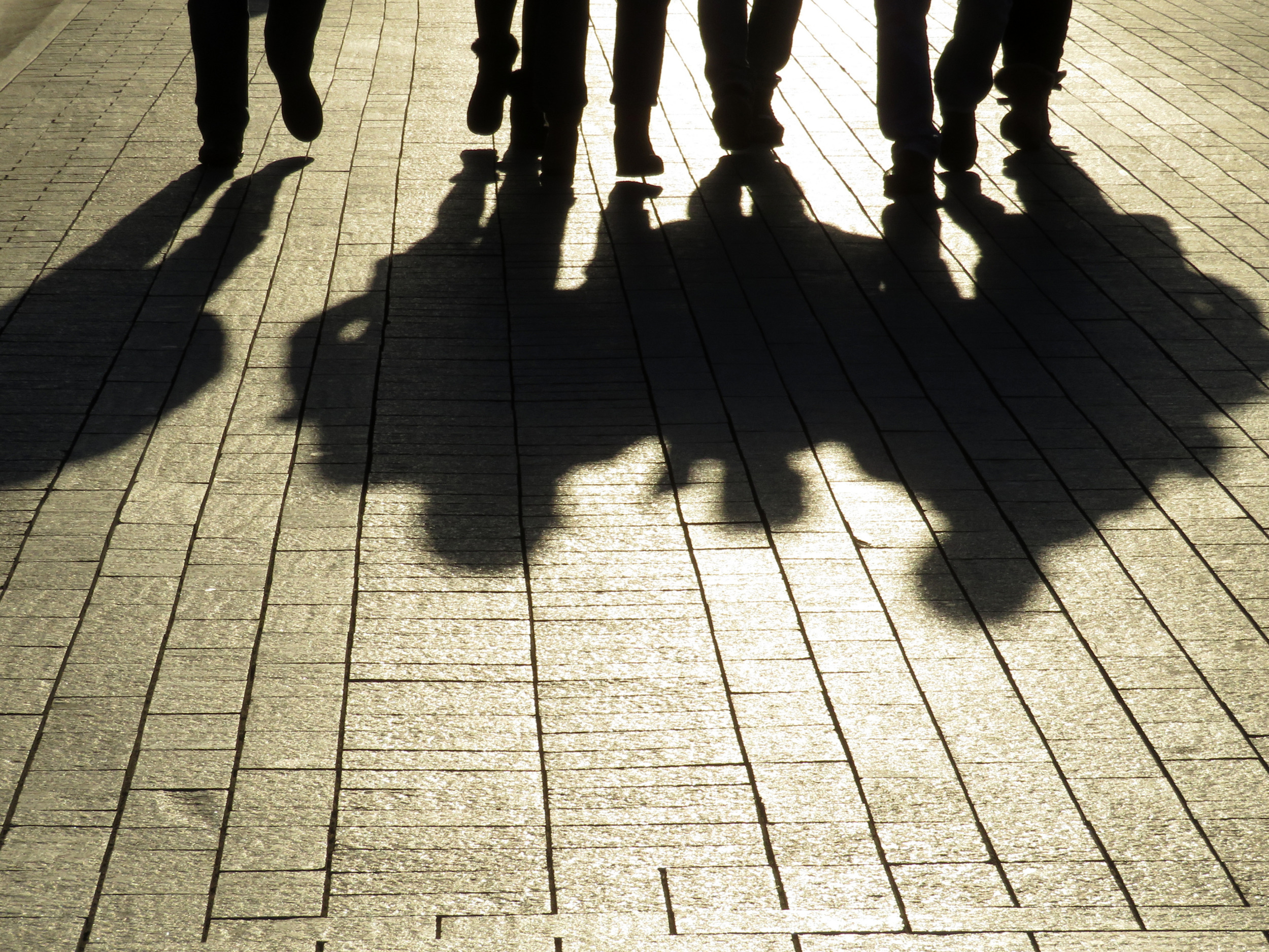We all want a world where young people can realize their potential, even when they make mistakes. But that won’t be possible unless the legal system takes a back seat to families, schools and communities — in most cases — when young people push boundaries and break the law. Rather than over-respond to adolescent misconduct, let’s follow the evidence to do what works.
Why change course? Because despite a large drop in youth arrests, probation caseloads and confinement of young people in detention centers and youth prisons over the past 20 years, the punitive mindset in our justice system remains stuck in place. We’re spinning our wheels when court is our primary response to youth misbehavior. It’s no place for (most) kids.

Courtesy of Annie E. Casey Foundation
Nate Balis
Validating decades of prior research, the most rigorous and conclusive study to date found that involvement in the justice system left young people worse off and led to less safe communities. It said: “[Y]outh who were formally processed during adolescence were more likely to be re-arrested, more likely to be incarcerated, and reported more violence.”
The researchers tracked 1,200 young people for five years, comparing outcomes for young people who were formally charged in court to comparable youth who were diverted from legal sanctions and received alternative responses such as community service, anger management or apologizing to the people they harmed.
Led by Elizabeth Cauffman of the University of California at Irvine, the study followed young people in Jefferson Parish, Louisiana (outside New Orleans), Orange County, California, and Philadelphia who were arrested for mid-level offenses like theft, criminal mischief and simple assault. It found that formal processing in juvenile court “was related to a greater affiliation with delinquent peers, lower school enrollment, less ability to suppress aggression, lower perceptions of opportunities and lower odds of graduating high school.” This held true for youth of every race and ethnicity, and at every age level.
Young people are prone to making mistakes and engaging in risky, thrill-seeking and sometimes illegal conduct — not because they’re bad kids, but because they’re kids. Adolescents’ brains are less capable than adults of weighing consequences, controlling impulses and resisting peer pressure. Immature behavior peaks in one’s late teens and then declines, according to the National Academies of Sciences, Engineering, and Medicine.
Most of us adults can remember the impulsive, even law-breaking misdeeds we engaged in as teenagers. Those of us who lived in neighborhoods or attended schools with limited police presence, and those who reaped the benefits of whiteness, rarely got caught. Or we were let go with a warning, free to navigate the challenges, opportunities and awkwardness of adolescence without a judge and probation officer looking over our shoulder.
This same opportunity to grow out of our youthful indiscretions should be extended to all youth. Authorities should refrain from prosecuting adolescent misbehavior unless it’s premeditated violent crime or part of an ongoing history of serious offending.
Instead, police, schools, prosecutors, probation officers and others should steer young people toward the community-based guidance and support that can help youth grow into responsible adults.
A lane into the legal system would remain open in cases posing an imminent public safety threat, but the current eight-lane highway to court, probation and confinement should close.
Diversion from the justice system is the preferred option for youth in most western democracies: Germany, Norway and several other nations divert 75% or more of youth referred to juvenile courts.
Here in the United States, that figure has remained at 47% or less for over a decade: nearly 400,000 youth nationwide were still formally processed in court in 2019, per the U.S. Justice Department’s latest data, most for less serious offenses like disorderly conduct, drug possession, theft or simple assault.
Curbing our overreliance on juvenile courts requires far more use of diversion before youth are arrested or before their cases are referred to court. At least 60% of juvenile cases, and likely much more than that, should never reach juvenile court.
And these diversion opportunities should be offered equitably. Black youth are far less likely to be diverted from juvenile court than their white peers. In 2019, white youth were 30% more likely than Black youth to be diverted, with big disparities for all offense types.
Some jurisdictions are already taking steps to divert most youth away from the justice system. Los Angeles County has launched a pre-arrest diversion initiative with a goal to refer youth to community-based organizations in lieu of 80% of potential arrests. In Utah, the share of cases diverted jumped from 31% to 59% between 2015 and 2021. And just between 2021 and 2022, the percentage of cases resolved or diverted at intake in Maryland increased from 59% to 69%.
Youth justice systems nationwide should follow their lead: Instead of arresting, prosecuting and punishing young people in the justice system, heed the evidence and let families, communities and schools respond first to most delinquent conduct.
***
Nate Balis is the director of the Juvenile Justice Strategy Group at the Annie E. Casey Foundation. He leads the JDAI network of juvenile justice practitioners in 40 states and over 300 counties, which is working to build a better and more equitable youth justice system. Through his leadership, the foundation has launched several youth justice initiatives, including JDAIconnect, an online community accelerating youth justice reform across and beyond the JDAI network through peer-to-peer learning, training and resources.
The Annie E. Casey Foundation is a funder of Youth Today.
































